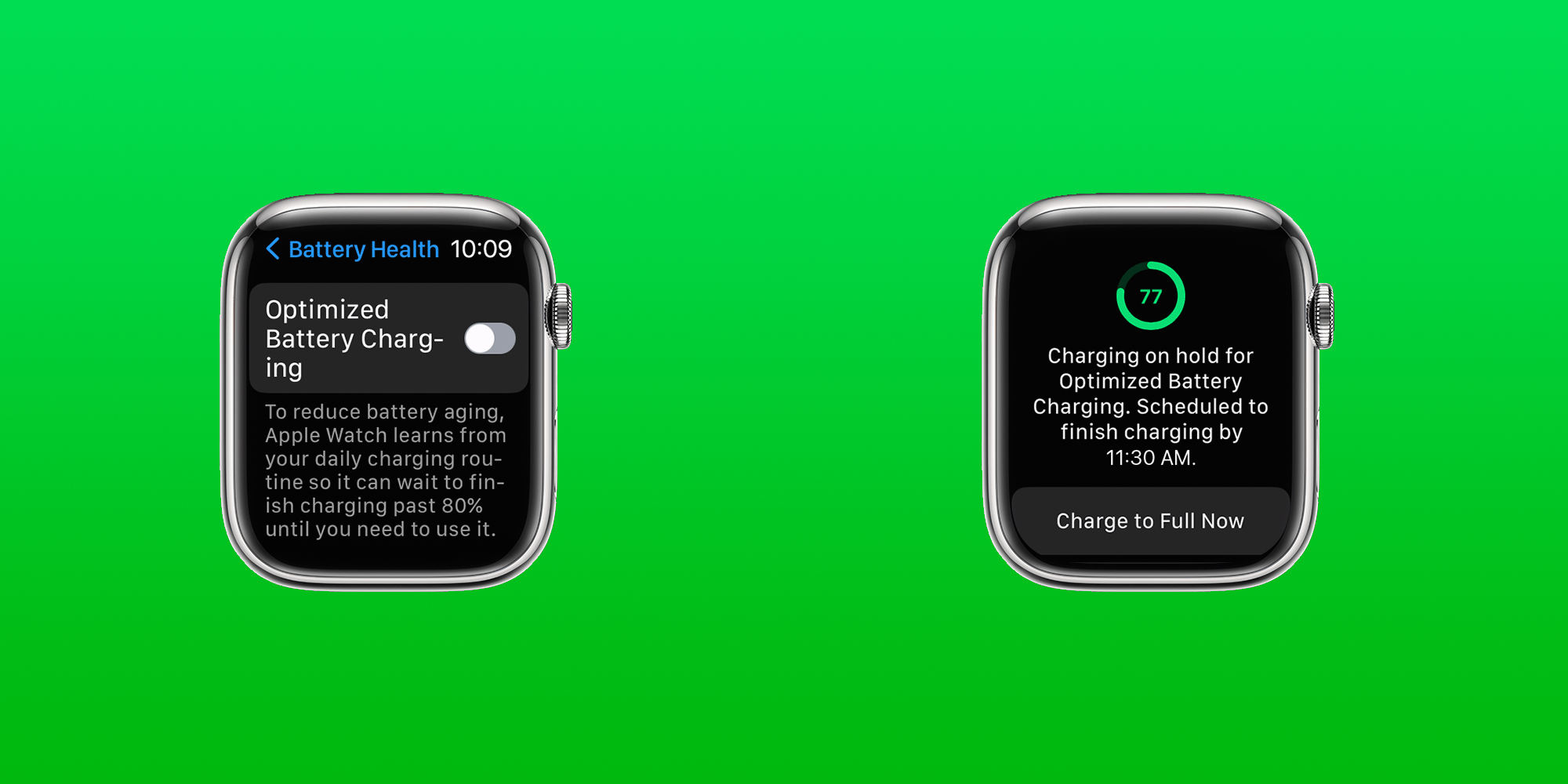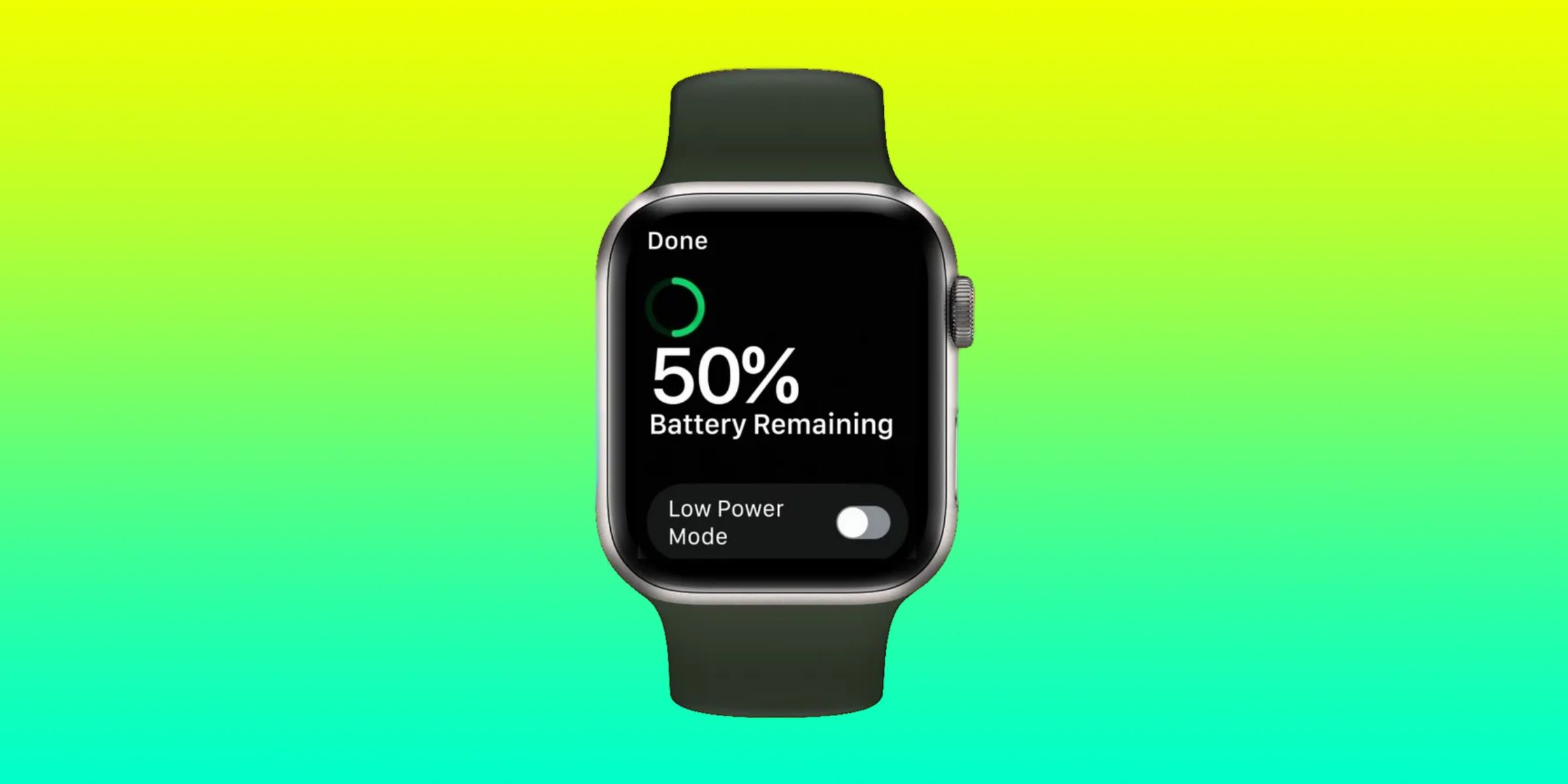Optimized Battery Charging on the Apple Watch might be able to extend a battery's lifespan, meaning that an Apple Watch should still last about a day even years down the line. Lithium-ion batteries degrade over time, and will lose battery capacity as they are cycled from full to empty more often. However, that does not mean every product with a lithium-ion battery will degrade at the same rate. There are a few factors that effect how quickly and drastically a battery degrades.
Apple has been working on features to make lithium-ion batteries last longer for years — from Low Power Mode to fast charging — but many of those features were limited to the iPhone. In fact, the company first introduced Optimized Battery Charging back in 2020 alongside the iPhone 12 lineup. Optimized Battery Charging on iPhone and Apple Watch have the same goal – to extend battery life. But since the Apple Watch has a smaller lithium-ion battery than the iPhone, the inclusion of Optimized Battery Charging might be even more impactful to users.
Optimized Battery Charging will be enabled by default on Apple Watches that are updated to watchOS 7 or later. The latest version of watchOS is watchOS 9, released in September 2022, so it's likely most Apple Watches are already using Optimized Battery Charging on a daily basis. It works by learning a user's charging habits to limit the amount of time an Apple Watch remains fully charged. For example, if a user puts their Apple Watch on the charger and doesn't pick it up until the morning, there's no reason to rush charging the Apple Watch to full capacity. Keeping a lithium-ion battery at full capacity can increase the likelihood of battery degradation and decrease the lifespan of the battery.
Disable Optimized Battery Charging On Apple Watch
In certain situations, as determined by on-device machine learning that understands a user's charging habits, the Apple Watch will not charge past 80 percent capacity. Though the algorithm is not perfect, it will attempt to activate Optimized Battery Charging only when it thinks the Apple Watch will remain on the charger for a long period of time. During these situations, the Apple Watch's battery life will hover between 75 percent and 80 percent. By doing this, it can slowly charge the battery to full capacity, which has positive effects on battery lifespan. At the same time, the Apple Watch will likely be fully charged when it is removed from the charger.
In the event that users need to be sure their Apple Watch is charging as fast as possible, they can override Optimized Battery Charging. Tap the Apple Watch to show the charging screen, and then tap the circle with a green or yellow charging icon. A new screen will open showing the current battery percentage. If the screen says 'Charging on hold for Optimized Battery Charging,' users can manually charge the watch to full battery by tapping 'Charge to Full Now.' The feature can also be disabled by navigating to Settings, going to 'Battery,' then 'Battery Health,' and switching off the toggle for 'Optimized Battery Charging.' Though an Apple Watch battery is sure to lose battery life over time, users can increase the longevity of their battery with Optimized Battery Charging.
Source: Apple


